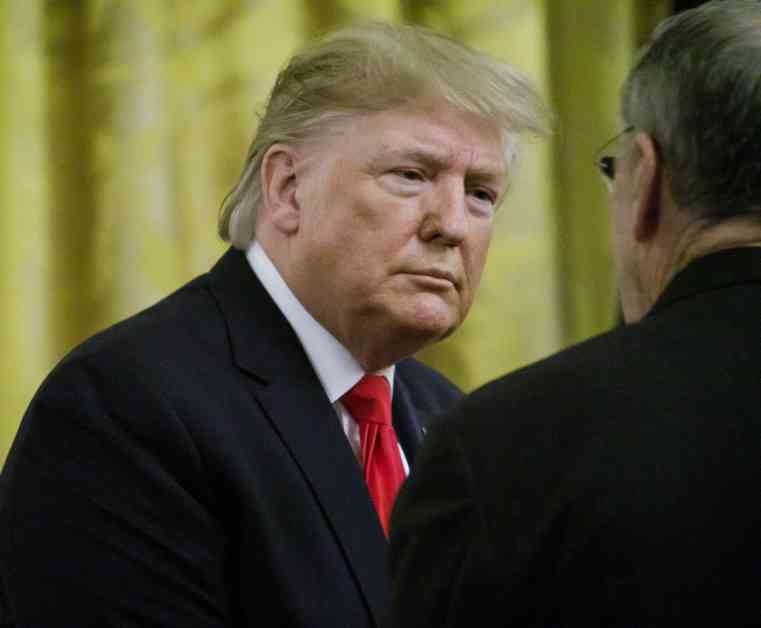President Donald Trump recently issued an executive order that significantly increases his influence over independent agencies, sparking legal debates that may soon reach the U.S. Supreme Court. This directive, put forth on Tuesday, mandates that agencies like the Federal Trade Commission, Securities and Exchange Commission, and Federal Communications Commission submit proposed regulations to the White House for thorough review. Additionally, it requires these agencies to accept the Department of Justice’s interpretations of the law and the scrutiny of the Office of Management and Budget to align with the president’s priorities.
The order, which has drawn both support and criticism, marks a significant shift in the balance of power between independent agencies and the executive branch. Let’s delve deeper into the implications of this executive action, examining the potential ramifications and legal challenges it may face.
Trump’s Executive Order: A Closer Look
President Trump’s decision to assert more control over independent agencies has raised eyebrows across the political spectrum. By compelling these agencies to seek White House approval for proposed regulations and adhere to the Department of Justice’s legal interpretations, the president is asserting a level of influence that some legal scholars argue may infringe on the agencies’ autonomy.
This move has sparked discussions about the delicate balance of power between the executive, legislative, and judicial branches of government. Legal experts are closely monitoring the situation, anticipating that the U.S. Supreme Court may ultimately have to weigh in on the constitutionality of this executive order.
In light of these developments, it is essential to consider the broader implications of such a directive. How might this increased oversight impact the regulatory landscape, business operations, and consumer protections? These questions underscore the complex interplay between politics, law, and governance in shaping our society.
Expert Insights and Public Reaction
Legal scholars, political analysts, and policymakers have offered a range of perspectives on President Trump’s executive order. Some argue that greater executive oversight of independent agencies could streamline regulatory processes, enhance accountability, and align policy decisions with the administration’s priorities. Others, however, express concerns about potential conflicts of interest, reduced regulatory independence, and the erosion of checks and balances.
Public reaction to this development has been mixed, reflecting the broader divisions within the American electorate. Some view the president’s directive as a necessary step to ensure regulatory efficiency and coherence, while others interpret it as an overreach of executive power that undermines the agencies’ intended autonomy. These contrasting viewpoints illuminate the complexities of governance and the challenges of navigating the intersection of law and politics.
As the legal community continues to dissect the implications of President Trump’s executive order, one thing remains clear: the delicate dance between independent agencies and the executive branch is far from over. The coming months are likely to witness intense debates, legal battles, and political maneuvering as the nation grapples with the enduring question of how best to balance power in a democratic society.
In conclusion, President Trump’s decision to exert greater control over independent agencies has ignited a firestorm of debate and legal scrutiny. The ramifications of this executive order are far-reaching, touching on fundamental questions of governance, accountability, and the separation of powers. As the legal landscape evolves and the courts weigh in on the constitutionality of this directive, the nation finds itself at a critical juncture, navigating the complex terrain of law, politics, and executive authority.















